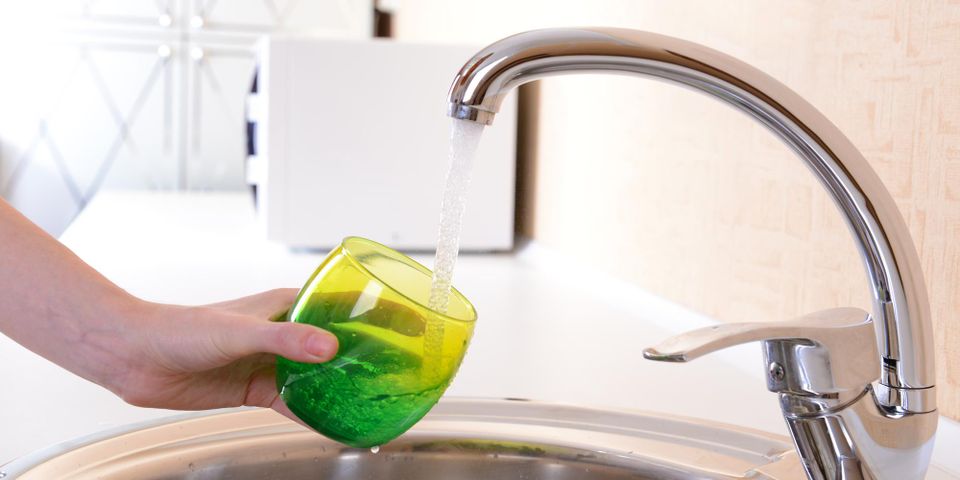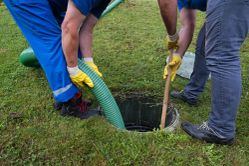What Happens During a Septic Inspection?

When moving into a home that runs on a septic system, ongoing maintenance is needed to prevent sewage backups and other plumbing issues. In addition to scheduling tank pumping every three to five years, you should also book annual septic inspections. Here’s what you should know about this process and why this preventative measure is essential.
Understanding Septic System Maintenance
What Occurs During a Septic Inspection?
Upon arrival, the technician will start with a consultation. They’ll ask you questions about your plumbing system and whether you’re currently experiencing any ongoing issues, like slow drains, blockages, and sewage odors. Next, they’ll inspect the system’s components using industry tools and state-of-the-art cameras. The cameras will help them locate clogs, corrosion, and other damage that requires repairs. If it’s been years since you’ve had septic pumping, they’ll likely perform this task as well.
 After a thorough inspection of the tank, the technician will test your leach field; this may include digging holes to watch for standing water. At the end of the appointment, the technician will provide you with a comprehensive review with repair recommendations to ensure the system runs smoothly moving forward.
After a thorough inspection of the tank, the technician will test your leach field; this may include digging holes to watch for standing water. At the end of the appointment, the technician will provide you with a comprehensive review with repair recommendations to ensure the system runs smoothly moving forward.
Why Are Routine Inspections Important?
Septic inspections catch small issues before they worsen, ensuring your home is protected from backups, clogs, and other plumbing problems. If septic issues remain hidden, they will cause costly water damage or extensive pipe replacement. Scheduling routine inspections will also extend your system’s life span, as minor adjustments and tuneups can be performed during each appointment.
If you want someone to check out your septic system, contact the team at ABC Cesspool and Septic Pumping in Kamuela, HI. These professionals have provided Big Island residents with thorough septic inspections since 2005. To get more information about their services, visit the website or call (808) 887-0766.
About the Business
Have a question? Ask the experts!
Send your question

